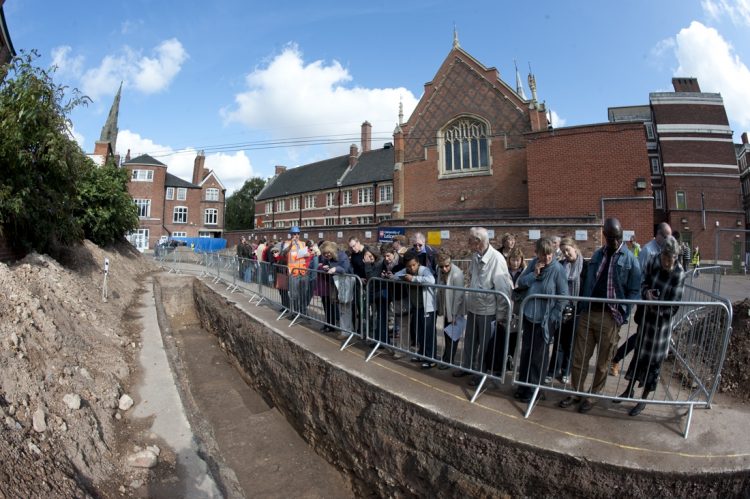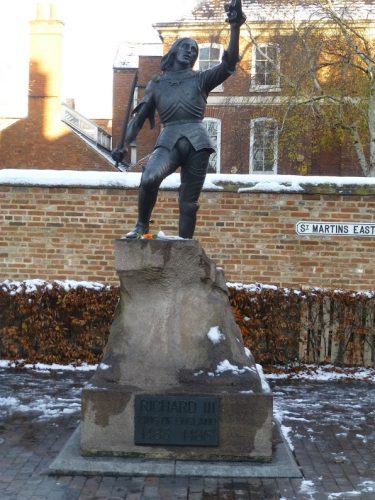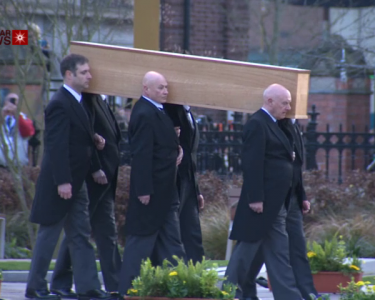The remains of a 13th century monastic site, Greyfriars in Leicester, which was the burial place of King Richard III, has been granted protection by the Department for Digital, Culture, Media and Sport on the advice of Historic England.
Richard III’s skeleton was found during an archaeological excavation at Leicester City Council’s car park in 2012 and was confirmed as the remains of the English King killed in the Battle of Bosworth in 1485. Experts from the University of Leicester analysed DNA from the bones and they matched that of descendants of the monarch’s family. His remains were reburied 530 years after this death at Grade II* listed Leicester Cathedral in 2015.

The scheduling of archaeological sites ensures that the long-term interests of a nationally-important site are placed first, before any changes can be made to it. Historic England’s role is to carefully monitor these sites for future generations to ensure they can play their part in telling our national story. Planning consent must be obtained before any work or changes can be made to an archaeological site once it has been protected.
The death of King Richard III in the final battle of the War of the Roses, at Bosworth Field in Leicestershire resulted in Henry Tudor (Henry VII) becoming King of England. Shortly after the battle, Richard III’s body was buried with little ceremony in the church of the Greyfriars and 10 years later Henry VII paid for a modest tombstone to be placed over Richard’s grave.
The Friars represented a radical religious reform movement of the 13th century, with a lifestyle of absolute poverty. They did however establish permanent bases – friaries. Franciscan friars first arrived in Leicester between 1224 and 1230 and Greyfriars was an early 13th century Franciscan friary, a post-conquest monastic site which played an important role in the social and economic evolution of Leicester in medieval times.

In 1538 the friary was dissolved and the church demolished. The friary appears to have been demolished during the following decade and although built on in part over the following centuries, much of the area was occupied by gardens. Historic maps dating from the early 18th century show the Greyfriars’ site as open land surrounded by buildings on its outer edges, with the central areas being occupied by formal gardens. These gardens became car parks by the mid-20th century serving the Council offices.
Often, religious sites in urban areas have been subsumed by later development, making assessment and protection of remains difficult. As there has been little disturbance to Greyfriars from buildings and foundations, the area has great potential for surviving archaeological remains and presents a rare opportunity to protect this important monument.
City Mayor Peter Soulsby said: “We’re very proud of Leicester’s rich history, which spans over 2,000 years. The discovery and identification of King Richard III’s remains was a remarkable achievement. These events marked an unforgettable time for our city.
“We’ve already honoured this discovery with a world-class tourist attraction in the King Richard III visitor centre and the scheduling of this site will help to ensure this remarkable discovery is protected for future generations to enjoy.”







